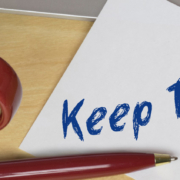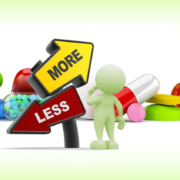Blood Pressure: Getting It Right
The change in the clinical guidelines for diagnosing high blood pressure, as described in Tuesday’s memo, requires that your BP reading is done correctly. That could be a problem.
In a JAMA Medical News report published in August, medical students were asked to take the BP of volunteers. Only one out of 159 got all the steps correctly. It’s not that they were poor at the actual mechanics of taking the BP, but they didn’t follow all 11 steps. Yes, 11 steps. Here they are:
- Five minutes of rest; that eliminates the rise in BP from getting to the office, checking in, getting weighed, etc. This is the step most often missed.
- The correct size cuff should be used. If your upper arms are large, and the nurse or doctor doesn’t use a large cuff, your BP reading will be higher. That’s because the bladder inside the cuff will have an artificially high pressure, which is reflected in the reading.
- The cuff should be placed over a bare arm, not over clothing. It’s your job to remember to wear something with a loose sleeve that won’t get in the way.
- The arm should be supported on a desk or a table, not hanging free.
- The patient should be asked not to talk. The doctor has to be able to hear the sounds clearly to get an accurate reading. This is not the time to discuss new restaurants.
- Legs should be uncrossed because that can affect blood flow.
- Feet should be flat on the floor.
- No reading or cell phones during measurement. There are a couple of reasons for this one. Holding the phone or book is an isometric contraction albeit a small one; nevertheless, it can raise the BP reading. The other reason is that if you’re checking email or something like that, it can affect your reading if your heart rate gets elevated.
- The BP in both arms should be checked.
- The arm with the higher reading should be noted.
- Finally, the physician should note in the records which arm is to be used in future readings.
Who knew taking a BP was so complicated? The photo above gets at least three steps wrong. Now that you know, you can make sure you do your part whether you’re told to or not.
But what’s going to happen if you hit higher numbers? I know many people suspect this is just a way to push more BP meds. We’ll look at treatment regulations on Saturday.
What are you prepared to do today?
Dr. Chet
Reference: JAMA Online. Abassi 08-30-2017.









